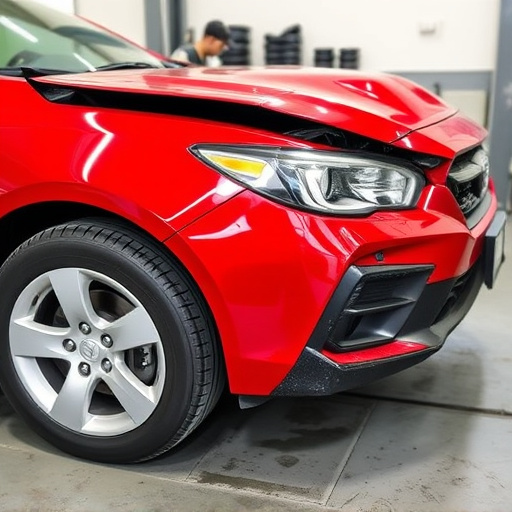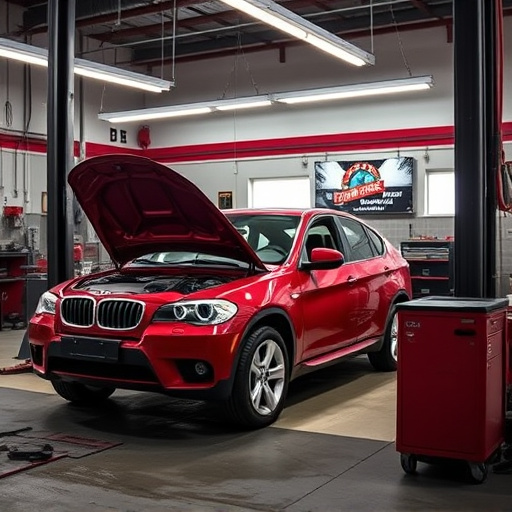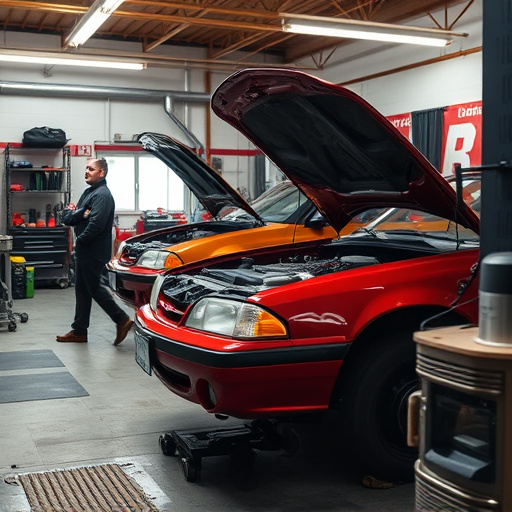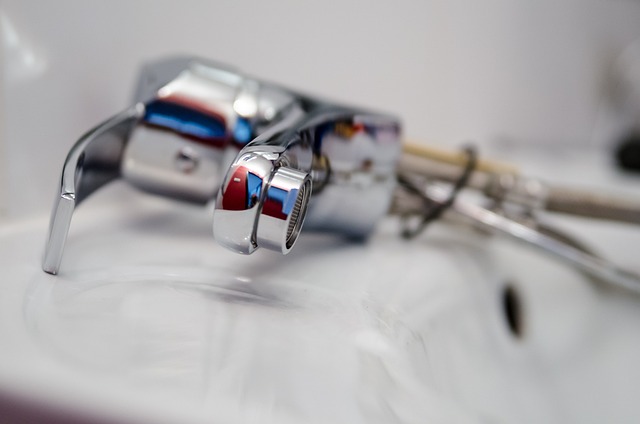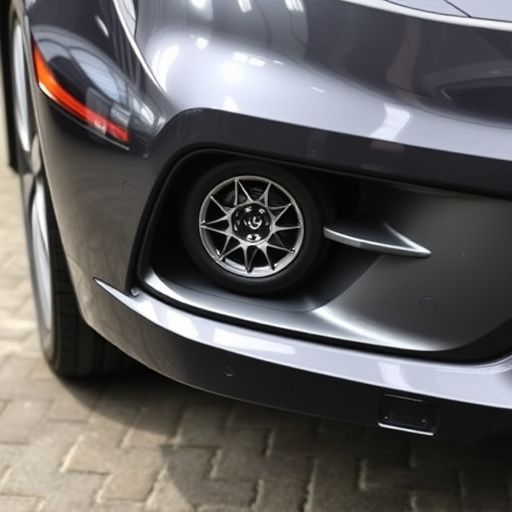Tesla owners experiencing persistent touchscreen issues should consider a Tesla touchscreen replacement. Safety precautions, precise installation, and regular auto body restoration are vital for maintaining functionality and aesthetics. Proper care, including cleaning, temperature control, and accessory use, ensures the longevity of the replaced touchscreen, integrating it into comprehensive vehicle maintenance routines. Regular check-ins with collision repair services help prevent future issues, keeping your Tesla in top condition.
Looking to fix a flickering or dimming Tesla touchscreen? This comprehensive guide is your solution. We break down the most common causes of Tesla touchscreen issues and provide a detailed, step-by-step process for successful replacements. From diagnosing problems to ensuring longevity of your new screen, you’ll find all the insights needed for a seamless experience. Get ready to restore your Tesla’s intuitive interface with expert advice tailored for DIY enthusiasts and seasoned professionals alike.
- Understanding Tesla Touchscreen Issues: Common Problems and Causes
- The Process of Replacing a Tesla Touchscreen: A Step-by-Step Guide
- Ensuring Longevity: Tips for Maintaining Your New Touchscreen After Replacement
Understanding Tesla Touchscreen Issues: Common Problems and Causes
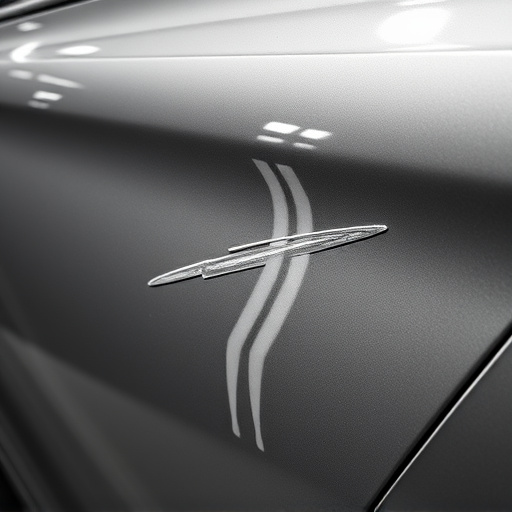
Many Tesla owners have experienced issues with their vehicle’s touchscreen, leading many to search for a Tesla touchscreen replacement. Flickering or dimming screens can be frustrating and may indicate various problems. One common cause is software glitches, which can be resolved by updating the vehicle’s firmware. However, if the issue persists, it could be related to hardware faults, such as damaged cables or faulty components within the touchscreen assembly.
Over time, exposure to varying weather conditions, extreme temperatures, and direct sunlight can contribute to screen degradation. Moreover, physical damage from accidents or careless handling might also require a Tesla touchscreen replacement. Regular auto body restoration and maintenance can help prevent such issues, ensuring your Tesla’s infotainment system functions optimally and remains visually appealing for years to come.
The Process of Replacing a Tesla Touchscreen: A Step-by-Step Guide

Replacing a Tesla touchscreen involves a detailed process that requires precision and technical knowledge. Here’s a step-by-step guide for Tesla touchscreen replacement:
1. Safety First: Park your Tesla in a safe location, engage park assist, and disconnect the battery to avoid any short circuits during the repair. This is crucial to prevent any accidents or damage to sensitive components.
2. Remove the Old Touchscreen: Carefully unscrew the mounting screws around the screen and gently pull it out of the frame. Some models may require heating the adhesive to loosen it, but be cautious not to damage underlying parts. Once removed, inspect the back panel for any signs of damage or debris that could cause flickering issues.
3. Prepare the New Touchscreen: Obtain a high-quality replacement touchscreen from a reputable auto collision repair shop or supplier. Ensure it’s compatible with your Tesla model. Clean the area where the new screen will be installed and apply fresh adhesive if necessary, following the manufacturer’s instructions precisely.
4. Install the New Touchscreen: Position the new touchscreen carefully in place, aligning the connectors and ensuring all cables are securely plugged in. Reattach the mounting screws and tighten them evenly to avoid any loose connections.
5. Test and Calibrate: After installation, power on the Tesla and test the touchscreen functionality. You may need to calibrate certain features like the touch responsiveness and display settings for optimal performance.
Ensuring Longevity: Tips for Maintaining Your New Touchscreen After Replacement
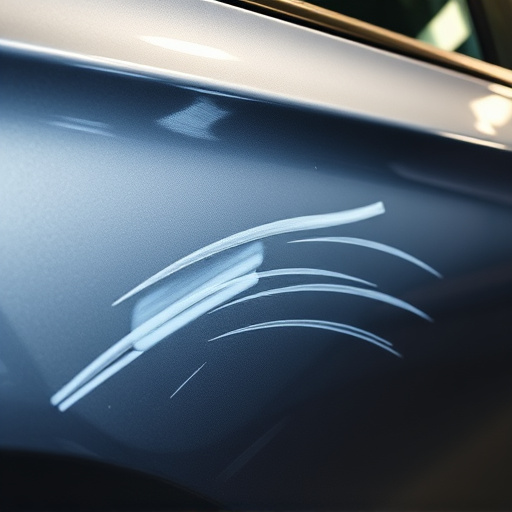
After successfully installing a new Tesla touchscreen, it’s vital to implement certain practices to ensure its longevity and optimal performance. Regular cleaning with mild soap and water is recommended to prevent dust and fingerprints from accumulating on the sensitive screen. Avoid exposing your vehicle to extreme temperatures, as both heat and cold can impact the screen’s functionality over time. Additionally, be cautious when using any external connectors or accessories; improperly fitted hardware could cause strain on the display.
Consider the replacement as part of a broader commitment to quality automotive repair and auto body work. While a Tesla touchscreen replacement might seem like a specialized task, it aligns with the vehicle’s overall maintenance regimen. Regular check-ins with collision repair services can help identify potential issues early on, ensuring your screen—and your entire car—stays in top condition for years to come.
If your Tesla’s touchscreen is experiencing flickering, dimming, or other issues, it’s time to consider a replacement. The process, as outlined in this guide, offers a straightforward solution for many common problems. By following the step-by-step instructions and implementing maintenance tips, you can ensure a longer lifespan for your new touchscreen, enhancing your Tesla driving experience. For those seeking a practical and effective Tesla touchscreen replacement, these strategies provide an excellent starting point.
